Tag: Bicyce Tourism
-
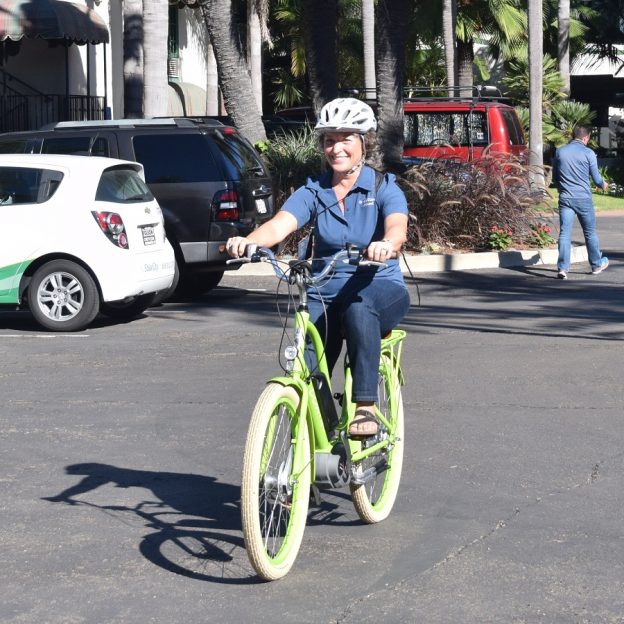
Go further with the latest in electric bike technology
Has the idea of riding an electric assist bike, or e-bike, piqued your interest? If so, and you are looking to extend your range of bicycle travel, you are in luck. E-bike technology has improved, and many e-bike brands now offer increased range or distance you can travel. Some of the newer brands and models…
-

Helpful tips to considering before purchasing an electric bike
They are fun, but the real advantages of an electric bike includes their climbing efficiency, taking a bite out of wind resistance, and the ability to expand your range of travel. Before purchasing an e-bike, it is important to know how far you want to go and what type of terrain you will be riding…
-

Selecting the right type of electric bike motor for your style if riding
Electric bike motors have technologically come a long way in the last few years and can typically be located in three different locations on an e-bike. The first two locations use a hub motor that can be found on either the front or rear wheel of the bike. In recent years the center mount motors, in…
-

Maximizing the range your electric bike can travel per charge
The distance an electric bike will go on a battery charge is called range. This is an important specification to pay attention to when comparing e-bikes with your desired riding style. For example, if your commute involves steep climbs, you don’t want to run the battery low halfway up the hill. Without power, an e-bike…
-
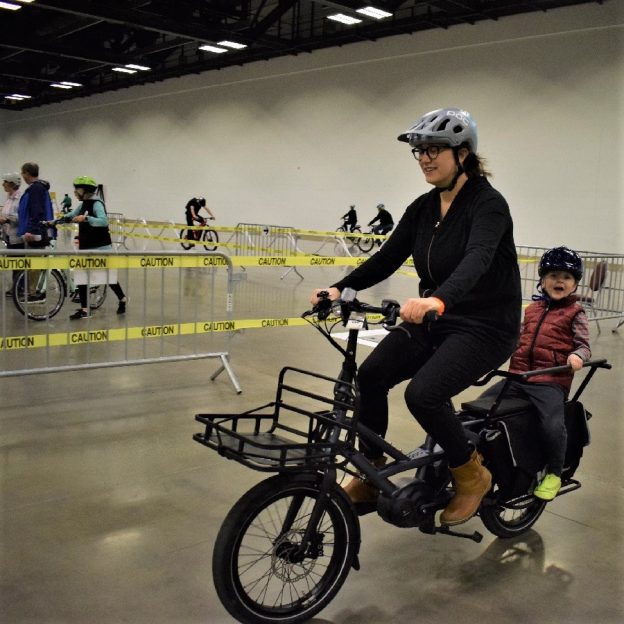
Discover micro-mobility on the massive E-bike Challenge test track
With the Omicron-fueled surge declining, enjoy an eco-friendly experience at the E-bike Challenge, discovering the latest in micro-mobility on April 2 & 3. The event will offer those attending a comfortable place to compare and ride the latest electric bike technology, testing the latest bikes on a mammoth indoor test track in the Minneapolis Convention…
-
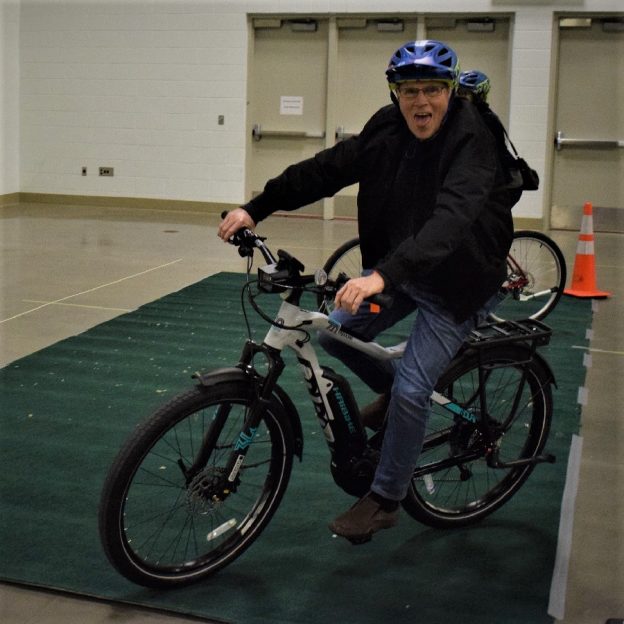
Bike Pic Mar 28, a laugh at every corner with an electric assist bike
This Bike Pic Thursday, a laugh at every corner with an electric assist bike
-
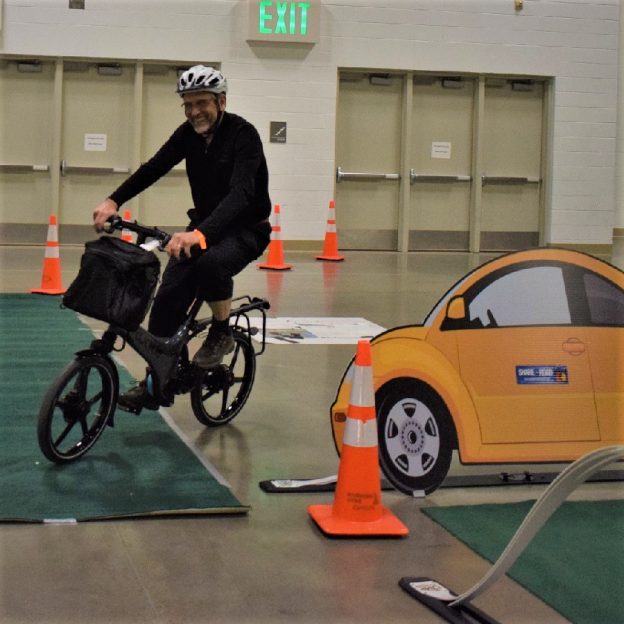
This Sunday join HaveFunBiking for the latest in electric bike technology
This Sunday join HaveFunBiking for the latest in e-bike technology
-
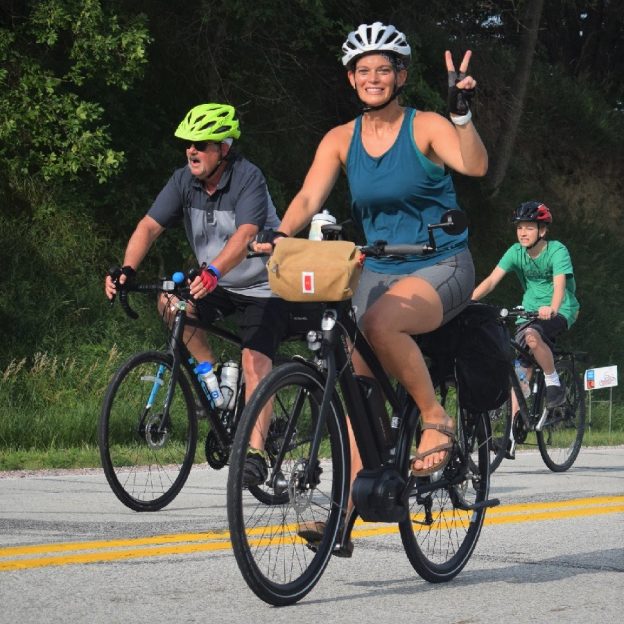
Join HaveFunBiking and check out the latest in electric bike technology
Join HaveFunBiking and check out the latest in electric bike technology
-
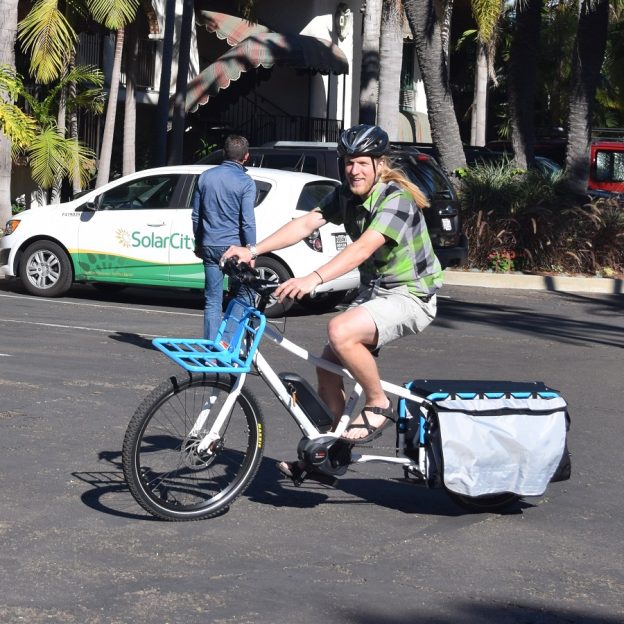
One more day, to test ride the latest in electric bike technology
Yeah, its Friday! Are you ready to test ride the latest e-bikes?
-

2-days and counting to test ride the latest in electric bike technology
2-days and counting to test ride the latest in e-bike technology
